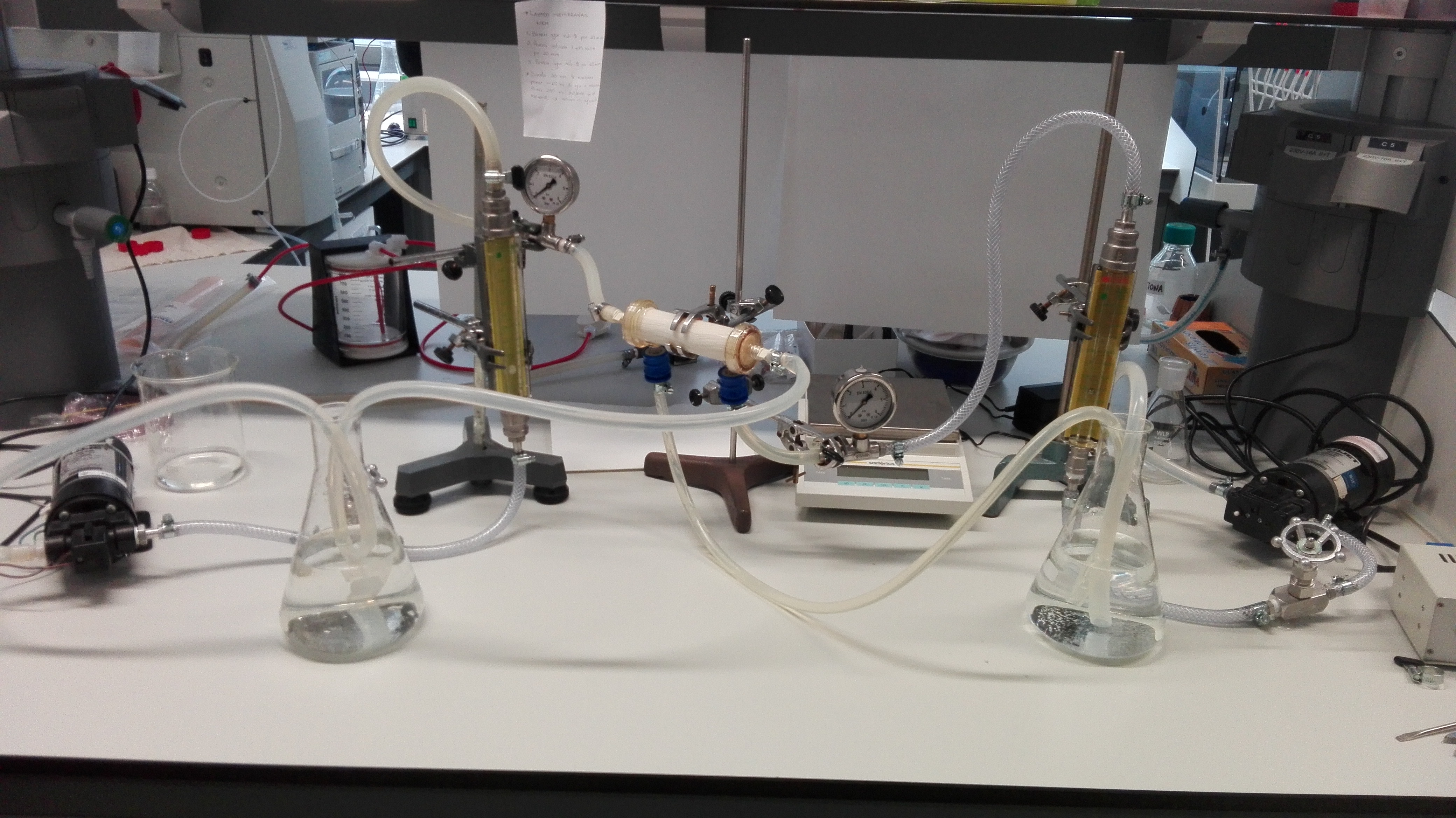The development of new urban wastewater treatments deserves more and more attention due to the growing environmental restrictions at the global level and the increasing need to adapt conventional plants to more robust and sustainable systems, combining energy efficiency and low environmental impact.
Aerobic processes, mostly used for urban wastewater treatment, have high effluent quality. However, the energy consumption and the production of sludge are very high with the consequent environmental problem that they imply and the expense derived from its treatment. In addition, the energy content of the organic matter present in the wastewater isnot used, but part of it is oxidized to CO2 in the conventional activated sludge process.
On the contrary, anaerobic treatments of high load industrial wastewater have recognize advantages over aerobic treatment, such as lower energy consumption, lower sludge production and generation of energy in the form of methane. These advantages are maintained in the case of urban wastewater treatment, in countries with a warm climate, with a sufficiently high temperature (T> 25ºC). However, in countries with cold climates, heating urban wastewater to mesophilic conditions is economically and energy infeasible.
This ISP project is being developed by the Porous Surfaces and Materials group (SMAP) and the Environmental Technology group. Its objective is the study of the urban wastewater concentration process through membrane processes and its subsequent anaerobic treatment under mesophilic conditions with the aim of taking advantage of all the organic matter content of urban wastewater and its transformation into methane.

Within membrane technologies, concentration through forward osmosis processes has advantages due to its lower energy consumption, and at least fouling of the membranes. In the forward osmosis process, the driving force is the osmotic gradient rather than pressure, which could be a major advantage over membrane fouling. In this process, the osmotic pressure gradient between a concentrated draw solution and a less concentrated feed solution is used to facilitate the transport of water through a semi-permeable membrane, allowing water molecules to pass through while other solutes are retained.
Thus, this project is focused on optimizing the urban wastewater concentration process through forward osmosis membranes. The objective is to achieve a feasible design from the technological point of view, but that presents economic and environmental advantages compared to traditional processes, guaranteeing sustainability.
In this urban wastewater concentration project, the behavior of forward osmosis hollow fiber membranes as well as tubular membranes are studied.
The rejection of the membrane of emerging pollutants, increasingly abundant in urban wastewater due to their accumulation that poses a health and environmental risk, is also studied.

Other parameters studied are the permeate flow, reverse salt flow, osmotic pressure, as well as data that allow optimizing the urban wastewater concentration process.
Thus, this project is focused on optimizing the urban wastewater concentration process through forward osmosis membranes. The objective is to achieve a feasible design from the technological point of view, but that presents economic and environmental advantages compared to traditional processes, guaranteeing sustainability.



